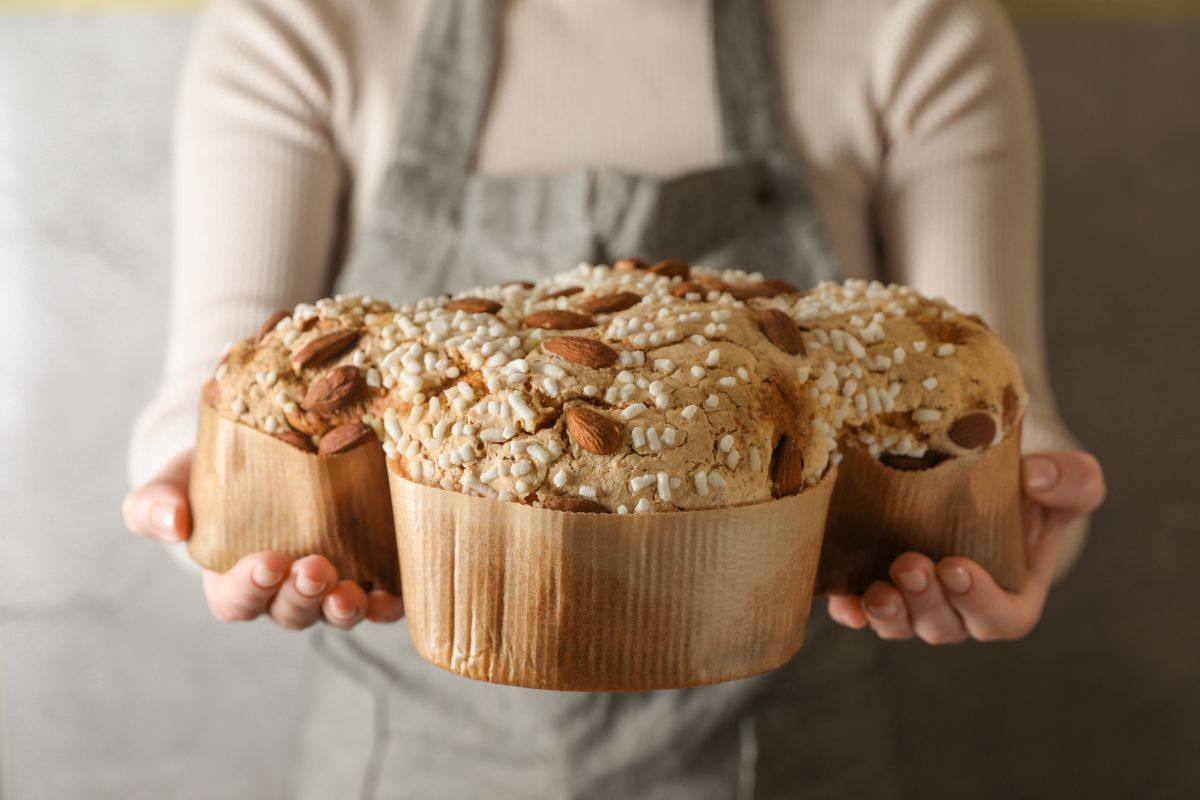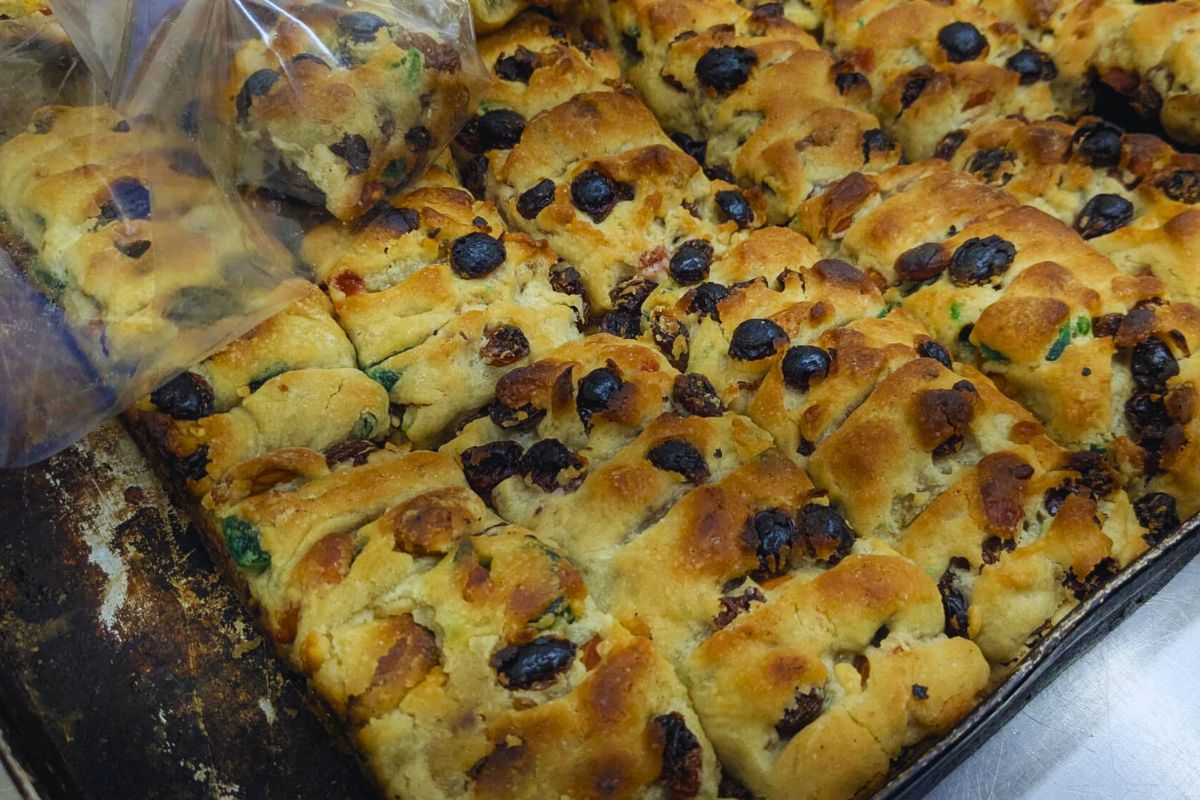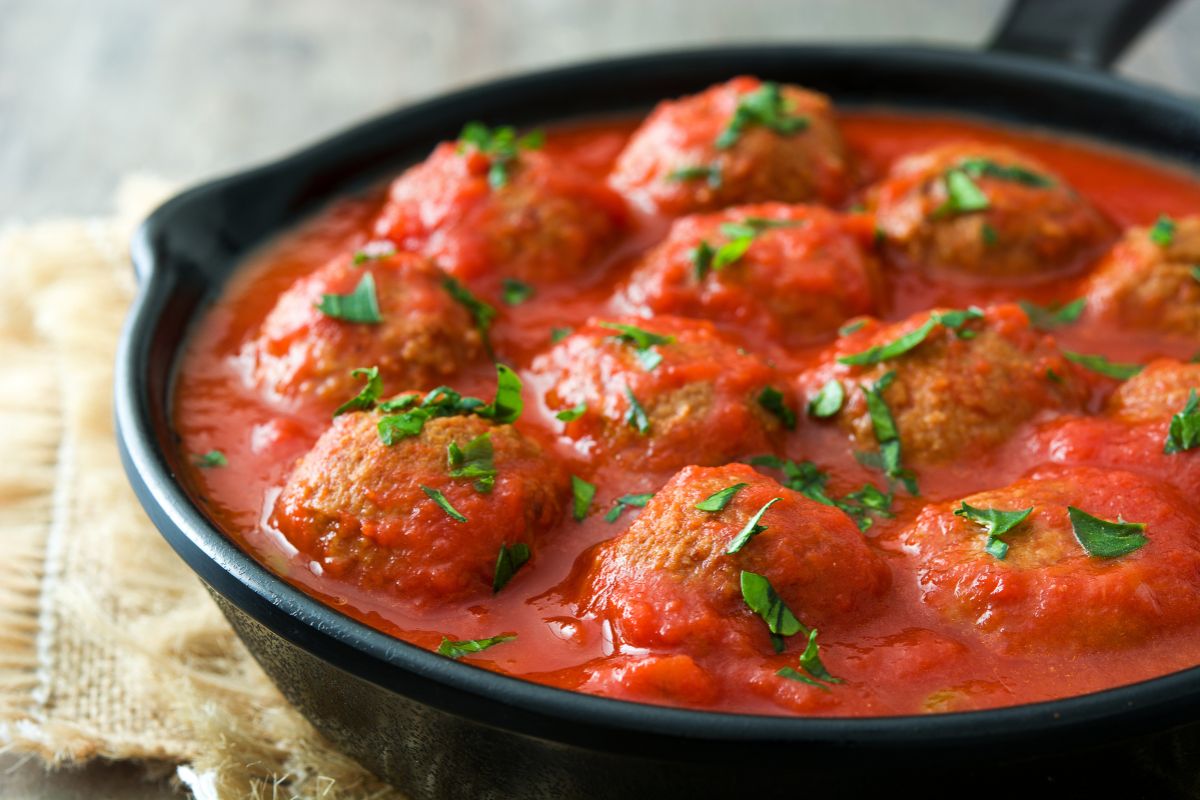
Bakeries in Rome: a little bit of history
Beginning of Roman age
Roman people did not have bread, they used to eat a kind of focaccia named puls and made with an ancient variety of spelt flour. Spelt in ancient Latin was named Farrus, so the word farina is probably coming from this recipe. Differently from ancient Romans people, already experts in the art of making bread, Latin people used to eat a recipe named pita.
Greek culture meets Roman culture
When ancient Roman and Greek culture met, ancient Romans felt in love by the Greek art of making bread and started to make similar recipes. In the beginning, bread was home-made, but quickly become very popular. Considered by many a fashion trend and criticized by important people of the time, like Catone (the censor), the bread will instead survive and will become popular amongst rich people soon.
Imperial Rome
When bread starts to be popular amongst rich families too, owners required servants to wear a kind of mask. Likewise they need to use gloves to protect the dough while working. After some years, bread becomes so popular that expert bakers from Greece came to Rome to teach local baker men to make bread.
According to the eating style, Ancient romans named bread in different ways:
- nauticus (if baked for sailors), gradilis if made as a finger food while assisting shows at the Colosseum or amphitheater.
- ostiaries if baked to pair with oysters.
- durus and sordid if baked with not quality flours.
It seems to be that the number of bakeries in Rom during Augustus‘ age, were more than 300, all of them managed by greek people.
Archeological memories of those from the excavations in Pompeii, where were found burnt bread and complete bakeries with owens, benches, and displays.
The End of the Empire
After the fall of the Roman Empire, trade of bread disappeared, but people carried on baking at home. Meanwhile, a new religion was spreading with bread and wine as the focus of the rite: Christianism. During feudalism, with a completely new social and economic organization, mills for grinding grains become the property of the feudal lord. Common people could bake their bread in the oven but were forced to pay taxes to the lord. Around 1000 A.C. with the starting of corporations of the arts and works, the baker comes back to be a profession. It is more than 1000 years that in Rome people love bread and pastries with dried fruit or aromatic herbs, raisins, pignoli, candy skin of citrus.
Today.
Still today one of the most famous pastries, Maritozzo, traditionally baked for wedding parties, is now a must to taste, beloved by Romans. The most famous bread in Rome is baked in two villages: Genzano and Lariano. Protected with IGP label in 1997, is done with flour 0, mother yeast for two steps raising time and covered with a particular whole-wheat flour. Bread comes crunchy and flavored outside and soft and white inside. Leftovers never are wasted in Rome, when losing freshness are “recycled” for traditional simple recipes. In other words, bruschetta, bread, and beans soup, are recipes invented to do not waste leftovers. For hundreds of years, bread and milk was a traditional breakfast dish for kids. When mixed with meat the best base for polpette (meatballs). Cooked with tomatoes for the typical pappa col pomodoro.
Here you are the best bakeries in Rome
- Panella: Via Merulana 54 (Santa Maria Maggiore/Vittorio)
- Roscioli: Via dei Chiavari (Campo de Fiori/Argentina)
- Antico Forno Urbani: Piazza Costaguti (Jewish Ghetto)
- Roscioli: Piazza Campo de Fiori (Campo de Fiori/Navona)
- Panificio Mosca: Via Candia 14 (Prati/Vaticano)
- Gianfornaio: Via dei gracchi 179 (Prati)
- Antico Forno ai Serpenti: Via dei serpenti 122 (Monti)
Here you are some of the tours you can book to visit these bakeries.
















